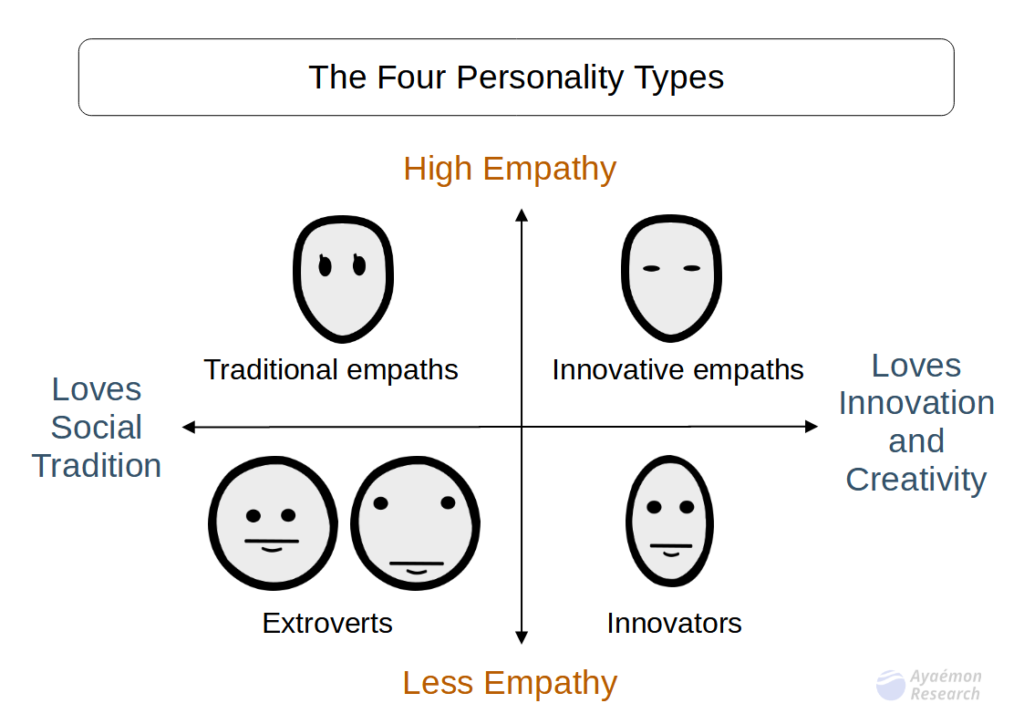I introduced a new mental therapy, the Cross-Judging Method, in the previous article (this article). Today, I will explain how to reduce our mental burden with that method.
How to stop blaming ourselves
Sometimes, our traumatic past mistakes or failures hurt us repeatedly. We often remember them by many triggers, even if it is the slightest event. We cannot stop them, no matter how we try. That exhausts us.
Although there were many methods to deal with them, I could not solve that problem. That is why I have tried to create my way all my life.

Then, I created an efficient method of mental therapy for it. I call it the Cross-Judging Method. It worked well for me. Today, I will introduce the steps to using it.
What is the Cross-Judging Method
The Cross-Judging Method is one of the ways to judge events neutrally.
This is a way to judge good and bad from both sides without lying to ourselves. For example, people sometimes advise us when we blame ourselves or are depressed, “Think it positively. Don’t think it so negatively.” However, we often cannot do it because we don’t know how to be positive.
Sometimes, such forced positive thinking makes us lie to ourselves to disguise our emotions. Those wrong positive-thinking often hurt us more in the long term.

The Cross-Judging Method is a way to feel our emotions and recognize events neutrally while preventing harmful positive thinking.
Steps of the Cross-Judging Method
Let me introduce the steps of the Cross-Judging Method. They are as follows:
- Pick out a traumatic past event that often makes us blame ourselves.
- Find out which personality is judging the event.
- Find the opposite personality and determine that iconic figure(s).
- Imagine the iconic person proudly speaking to us about his bigger failures as a funny episode.
- If that funny episode makes you laugh, your past events related to it will no longer be traumatic.
- Repeat the above until you solve all your past shameful events.

Let’s see each of the steps below.
Step 1: Picking out a traumatic past event
The first step is picking out a traumatic past event that often makes us blame ourselves. Perhaps we repress it in our deep memory and cannot remember it easily. It may sometimes need to wait until we remember it as a flashback.
Step 2: Finding out which personality is judging
The second step is finding out which personality is judging the past event.
There are four types of personalities: extroverts, traditional empaths, innovative empaths, and innovators. The relationship is as follows:

Each has its honorable and shameful behaviors due to its values. These are as follows:
- Extroverts: They admire trying to acquire valuable things in common or traditional ways, even if it fails. However, if they make a loss due to their self-judgment or their way, they cannot forgive it.
- Traditional empaths: They admire trying to help weak people in common or traditional ways, even if it fails. However, if they bother someone due to their self-judgment or their way, they cannot forgive it.
- Innovative empaths: They admire trying to help weak people in a new way, even if it fails. However, if they bother someone in common or traditional ways, they cannot forgive it.
- Innovators: They admire trying to acquire valuable things in a new way, even if it fails. However, if they make a loss in their common or traditional ways, they cannot forgive it.
We have those values inside us as well.
The values that accuse us
Then, we consider which personality judges the painful past events.
If we regret making someone feel bad, it will be traditional empaths’ or innovative empaths’ judgment. On the other hand, if we regret our losses, it will be extroverts’ or innovators’ judgment.
If our ignorance or immaturity caused the failure, extroverts’ or traditional empaths’ values are judging it and blaming us. On the other hand, if our laziness has caused failure, innovative empaths’ or innovators’ values are judging it and accusing us.

For example, if we bothered someone and wanted to excuse ourselves by saying, “It could not be helped because I didn’t know how to deal with it!” that would be traditional empaths’ judgment. The traditional empath’s personality cannot forgive such a failure that bothered others by our ignorance.
If we made a loss and wanted to excuse ourselves by saying, “I just followed the information on the Internet because I was too tired to make a decision.” That would be the innovators’ judgment. Innovators cannot forgive such a loss without individuality or responsibility.
Step 3: Finding the opposite personality and characters
The third step is finding the opposite personality and determining that iconic figure(s).
Try finding the personality that is opposed to the judging personality that we set in the previous step. If the judging personality is traditional empaths, we choose the opposite, innovators here. If it is the innovative empath’s personality, the opposite will be extroverts.
Then, we find people who have the personality. It is no problem if they are fictional, story characters, or historical people. As far as we are imaginable and have a favor for them, it is okay.

In my experience, a combination of the following two types of people would go well:
- The typical character: The most impressive person with the personality.
- The supporter of the typical character: The person admires the typical character. He can add more explanations from the big picture because he can see things more objectively than the typical character. He might be the best friend or subordinate of the typical character.
Step 4: Imagining the person speaking about his failures
The fourth step is imagining the person proudly speaking about his bigger failures as a funny episode in our brains.
Try imagining the situation: We are ashamed of our past failures. At such a time, the typical character comes into our brains and explains, “Hey, you. I have made a similar, bigger, and more foolish mistake! That is…” Imagine what he says here. Let’s create fictional failures that are unique to him.
It would be a far bigger and more silly failure than ours, but he speaks of it as a funny story. Although he had to make a lot of effort to solve the failure, such as apologizing to many people or closing the losses, he never thought it was a shame. He even has a little pride in it.

To add believability, let’s join the supporter we chose in the previous step. He adds the explanations objectively. He might say, “This guy is unbelievable! Usually, in such a situation, we feel and do like this, don’t we? But he didn’t think of it! Insane!” This supporter makes it more funny, but he is also proud of the typical character’s personality.
Step 5: Letting go of our emotions
When that funny episode makes us laugh, we will notice that our past events related to it are no longer traumatic. We will realize that our failures are not shameful. That makes us relax.
Perhaps the more deeply we have been ashamed of our past, the more we laugh because laughing is a process of releasing our stresses.

We will respect and love the typical person more, even if he has experienced more silly failures.
This step allows us to accept and release our emotions while preventing us from lying to ourselves.
Step 6: Repeating them until solving all problems
The final step is to repeat the above until we solve all our shameful past events. If you have a strong sense of inferiority or guilt, you may need to repeat the same treatment over and over again.
Sometimes, the same personality causes the judgment. Sometimes, several personalities cause the judgment.

In my case, the personality that I blamed myself for was the same. Traditional empaths’ values accused me and caused my mental problems. I solved my problem by imagining an innovator who was a musician and one of my creative companions when I was in university.
By the way, I am an innovative empath. Perhaps the personalities next to each other cause problems and will be solutions.
Conclusion
Above are the steps of the Cross-Judging Method.
This method allows us to feel our emotions and recognize events neutrally while preventing harmful positive thinking.
This method might solve our mental burden.
Thank you for reading this article. I hope to see you in the next one.


